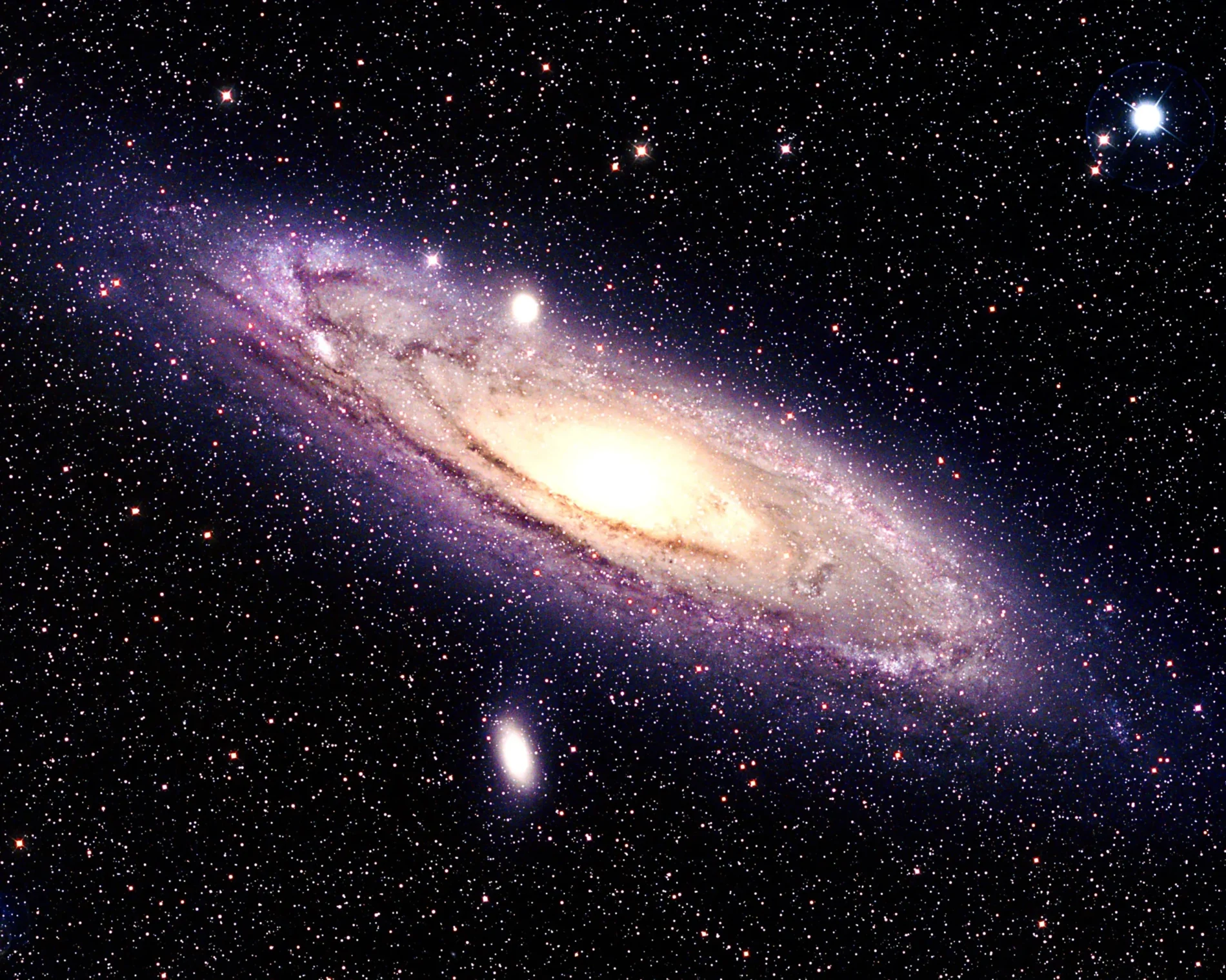Galaxies are some of the most fascinating structures in the universe. They are immense collections of stars, planets, gas, dust, and dark matter bound together by gravity. Understanding galaxies provides insight into the evolution of the cosmos and our place within it.
What Is a Galaxy?
A galaxy is a massive system composed of billions to trillions of stars, interstellar gas, dust, and dark matter. The gravitational forces within a galaxy hold these components together. Galaxies come in various shapes, sizes, and compositions, playing a crucial role in the structure of the universe.
Astronomers estimate that there are over 200 billion galaxies in the observable universe, each containing millions to trillions of stars. The sheer number of galaxies makes the universe an awe-inspiring and ever-mysterious place.
The Four Main Types of Galaxies
Edwin Hubble, an influential astronomer, classified galaxies into four main types based on their appearance: spiral, elliptical, lenticular, and irregular.
1. Spiral Galaxies
Spiral galaxies, like the Milky Way, are characterized by their rotating disk structure with prominent spiral arms. These galaxies have a central bulge surrounded by a disk of stars, gas, and dust. They also contain active star-forming regions.
Example: The Milky Way
Our home galaxy, the Milky Way, is a barred spiral galaxy stretching about 100,000 light-years across. It contains over 100 billion stars, including our Sun, and is home to a supermassive black hole at its center known as Sagittarius A*.
Example: The Andromeda Galaxy
The Andromeda Galaxy (M31) is the nearest major galaxy to the Milky Way, located about 2.5 million light-years away. It is also a spiral galaxy and is on a collision course with the Milky Way, predicted to merge in about 4.5 billion years.
2. Elliptical Galaxies
Elliptical galaxies have an elongated, rounded shape without the distinct spiral arms seen in spiral galaxies. These galaxies range from nearly spherical to highly elongated and contain older, low-mass stars with minimal star formation activity.
Example: M87
Messier 87 (M87) is a massive elliptical galaxy located in the Virgo Cluster. It is famous for its supermassive black hole, which was the first black hole ever imaged by the Event Horizon Telescope.
3. Lenticular Galaxies
Lenticular galaxies share characteristics of both spiral and elliptical galaxies. They have a central bulge and a disk-like structure but lack prominent spiral arms. They contain older stars and have little active star formation.
Example: The Sombrero Galaxy
The Sombrero Galaxy (M104) is a striking lenticular galaxy located about 29 million light-years away. It has a bright central bulge surrounded by a large disk of dust, giving it the appearance of a sombrero hat.
4. Irregular Galaxies
Irregular galaxies do not have a well-defined shape like spirals or ellipticals. They often appear chaotic due to gravitational interactions with other galaxies or internal star-forming activity.
Example: The Large Magellanic Cloud (LMC)
The LMC is a satellite galaxy of the Milky Way, located about 163,000 light-years away. It is an irregular galaxy with active star formation regions, including the famous Tarantula Nebula.
How Do Galaxies Form?
Galaxies form over billions of years through the gravitational collapse of gas clouds in the early universe. The process involves:
- Initial Gas Clouds: After the Big Bang, hydrogen and helium gas began to clump together due to gravity.
- Formation of Protogalaxies: Small groups of stars, known as protogalaxies, formed as gas condensed.
- Mergers and Growth: Protogalaxies merged, growing into the larger galaxies we see today.
- Star Formation and Evolution: As galaxies evolved, they formed new stars, creating different structures and compositions.
Galaxy Interactions and Collisions
Galaxies are not isolated; they often interact and even collide with one another. These interactions can trigger bursts of star formation, alter galaxy shapes, or even result in galaxy mergers.
Example: Milky Way and Andromeda Collision
The Milky Way and Andromeda galaxies are expected to collide in about 4.5 billion years. This interaction will reshape both galaxies, possibly forming a new elliptical galaxy.
Observing Galaxies as a Beginner
Observing galaxies is an exciting part of amateur astronomy. Here’s how you can start:
- Use a Telescope: A small telescope (4-6 inches in aperture) can reveal bright galaxies like Andromeda.
- Dark Sky Locations: Observing from areas with minimal light pollution improves visibility.
- Star Maps and Apps: Use star maps or astronomy apps to locate galaxies in the night sky.
- Join an Astronomy Club: Connecting with local astronomy groups can provide access to better equipment and guidance.
galaxies
Galaxies are the building blocks of the universe, each with its own unique structure and history. Understanding the different types of galaxies and how they form helps us comprehend the vastness of space. Whether you’re gazing at Andromeda through a telescope or reading about the Milky Way, galaxies offer endless fascination for beginner astronomers.

